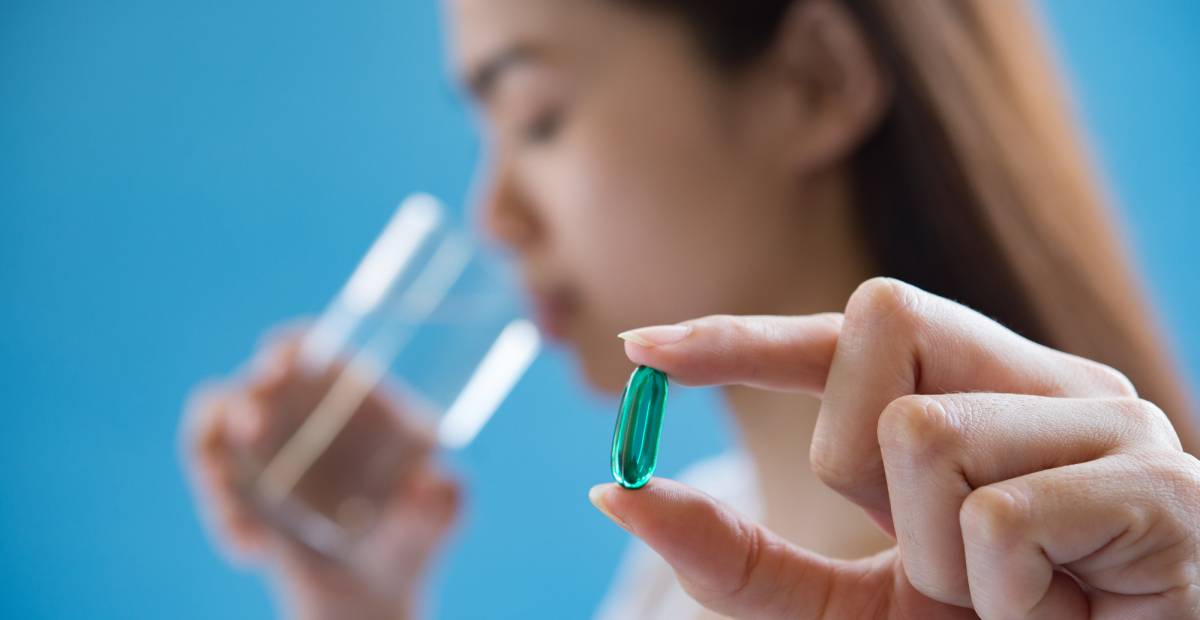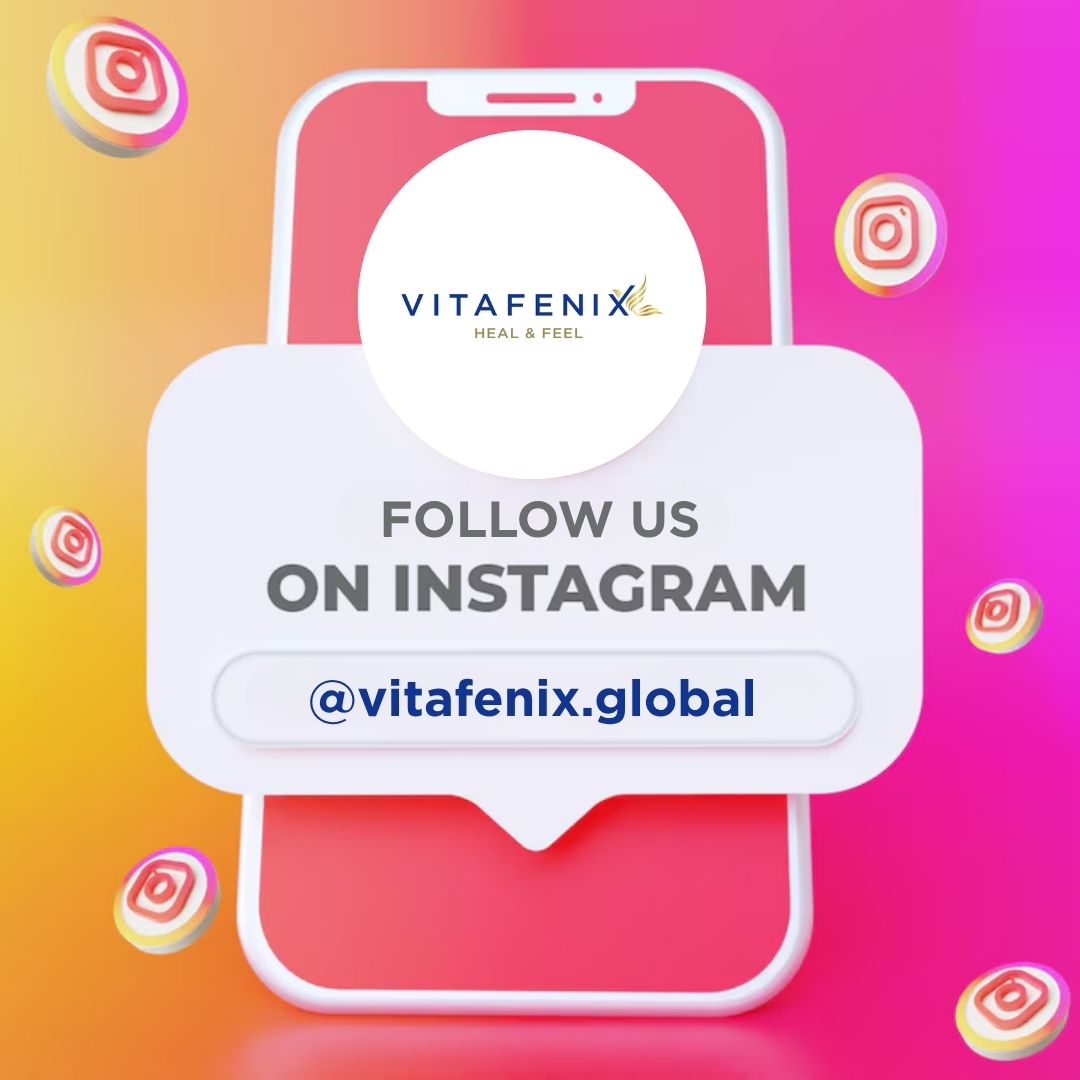Label Reading 101: Standardised Sulforaphane, Myrosinase & SGS

Why Standardised Sulforaphane Matters
Potency & Consistency
“Standardised sulforaphane” (also spelled standardized sulforaphane) means every capsule supplies a fixed sulforaphane yield, expressed as milligrams or micromoles. Human trials show that reliable NRF2 activation begins only when the extract delivers a predictable dose of the isothiocyanate itself, not just its precursor.(pmc.ncbi.nlm.nih.gov)
Standardised Sulforaphane vs Standardised Glucoraphanin
Glucoraphanin is the stable glucosinolate found in high-glucoraphanin broccoli seeds. It converts to sulforaphane only in the presence of the enzyme myrosinase. A label that quotes “standardised glucoraphanin 10 mg” tells you nothing about final sulforaphane output unless active myrosinase is also guaranteed. Clinical absorption studies confirm that co-delivering the enzyme doubles sulforaphane bioavailability compared with glucoraphanin alone.(pmc.ncbi.nlm.nih.gov, mdpi.com)
Typical Dose Ranges
Most clinical protocols use 10–40 mg sulforaphane equivalents (≈ 400–1 600 µmol) per day.(vitality-pro.com) Manufacturers that quote only plant weight—e.g., “500 mg broccoli sprout powder”—offer no potency assurance. For an evidence-based calculator, see our optimal sulforaphane dosage guide.
Decoding “Active Myrosinase” for Maximum Bioavailability
Myrosinase Enzyme 101
Myrosinase is a plant β-thioglucosidase that hydrolyses glucoraphanin to sulforaphane when broccoli tissue is disrupted. A 2025 Frontiers review notes that the enzyme loses activity in the acidic stomach, limiting conversion if the supplement does not already contain an active form.( frontiersin.org) Heating above 50 °C further denatures the enzyme; studies report >80 % loss after 12 min at 60 °C.(pmc.ncbi.nlm.nih.gov)
Label Language to Look For
-
“Active myrosinase” or “enzyme-active”—confirms the catalyst is present.
-
“Myrosinase-boosted / myrosinase-coated”—signals a deliberate addition of the enzyme after processing.
-
Freeze-dried broccoli sprout extract—retains enzymatic activity if low-temperature methods are used.
-
µmol sulforaphane yield + µmol glucoraphanin—shows both substrate and catalytic potential.
Absence of these terms suggests the capsule relies on uncertain gut-microbiota conversion.
Bioavailability Proof
A Johns Hopkins cross-over trial compared two broccoli-sprout beverages. The sulforaphane-rich drink—prepared by pre-treating glucoraphanin with active daikon myrosinase—achieved 70 % urinary recovery of sulforaphane metabolites, versus 5 % for the enzyme-deficient control.( pmc.ncbi.nlm.nih.gov) Adding external myrosinase from mustard seed to cooked crucifers later reproduced a four-fold absorption increase in humans.(foundmyfitness.com)
Brands that publish a Certificate of Analysis listing sulforaphane equivalents, myrosinase activity (U g-¹) and third-party ISO 17025 verification allow consumers to match label claims with real potency. For a mechanistic overview, see how sulforaphane activates NRF2 in our detailed guide at how sulforaphane activates NRF2.
What Exactly Is SGS (Sulforaphane-Glucosinolate System)?
Trademark vs Generic Term
“SGS” abbreviates sulforaphane glucosinolate, the stable precursor (glucoraphanin) isolated from high-glucoraphanin broccoli seed. The acronym began life as a registered trademark held by a U.S. ingredient supplier, as disclosed in its intellectual-property filings.(starrwalker.com) Regulators permit the term on labels only when the extract delivers a quantified glucoraphanin content. More than 300 peer-reviewed papers have evaluated SGS preparations for detoxification, antioxidant defence and DNA protection.(nutraceuticalsworld.com) The abbreviation now functions as a de-facto quality signal across the industry, provided the label states both glucoraphanin weight (mg) and expected sulforaphane yield (µmol).
Batch-to-Batch Consistency
An SGS specification typically guarantees ≥70 mg glucoraphanin per serving, produced under hot-water extraction and measured by HPLC.(truebroc.com) Each lot ships with a Certificate of Analysis showing glucoraphanin purity, moisture, myrosinase activity and microbial limits. Independent audits confirm that declared values fall within ±5 %. Clinical data illustrate why such precision matters: an 8-week, double-blind trial found that 30 mg SGS daily reduced the total days of common-cold symptoms in adults who catch colds easily.(researchgate.net) Researchers attributed the benefit to reliable sulforaphane release and sustained NRF2 pathway activation.
For readers comparing formats, see our in-depth guide on broccoli sprout supplements vs fresh sprouts to gauge cost and potency before buying.
Quality & Safety Seals That Back Up the Numbers
Regulatory Marks: GMP-Certified, ISO-Verified, Clean-Label
Current Good Manufacturing Practice (CGMP) rules obligate every supplement plant to document sanitation, raw-material identity and batch records; a GMP seal confirms the site passed an FDA or NSF audit, not that the finished capsules are pure.(
cbsupplements.com, fda.gov)
Independent programmes—USP, NSF, Informed-Choice—sample finished lots and verify label claim accuracy, heavy-metal limits and microbial safety.(
fullscript.com)
ISO 17025 accreditation applies to the laboratory that measures
sulforaphane yield, myrosinase activity and contaminants; it certifies the test method, not the brand.(epebcertified.com)
Look for complementary seals such as Non-GMO Project Verified, vegan, gluten-free and allergen-controlled. Dietitian guidelines list third-party testing and clear allergen labelling as top purchase criteria.(
eatingwell.com)
Readers needing clinical-grade reassurance can review detailed thresholds in our guide to
safety, side effects & drug interactions of sulforaphane.
QR Codes & Digital Certificates: Instant Transparency
Modern labels now print a QR code that resolves to the batch-specific
Certificate of Analysis (CoA). The link shows HPLC data for glucoraphanin, calculated standardised sulforaphane equivalents, microbiological counts and heavy metals.(epebcertified.com, envirocarelabs.com)
A second QR layer often proves the lab’s ISO 17025 scope, allowing consumers to cross-check that myrosinase units per gram meet the spec (>1 000 U g-¹ for fresh-freeze broccoli sprout extract).(
pmc.ncbi.nlm.nih.gov)
CoAs also confirm batch consistency—potency values must sit within ±5 % of the labelled claim, as seen in published sulforaphane powder certificates.(
xa-gs.com)
Quality seals and scannable documents therefore act as live evidence that the bottle in hand can deliver the bioactive dose promised on the front panel.
Red Flags & Marketing Hype to Avoid
“Proprietary Blend” Without Yield Figures
Dietary-supplement regulations let brands group ingredients under a single weight. This obscures the exact sulforaphane yield and prevents consumers from comparing products. Ingredient scientists caution that transparency is essential because dose drives NRF2 activation.(innerbody.com, pmc.ncbi.nlm.nih.gov) Demand labels that declare µmol sulforaphane and active myrosinase units per serving.
Plain Broccoli Powder Masquerading as “Sprout Extract”
Freeze-dried florets contain <0.5 µmol sulforaphane per gram. Clinical absorption studies recover only 19 % of the compound from such powders, versus 74 % when pre-converted extracts are used.( pmc.ncbi.nlm.nih.gov) A true sprout extract lists high-glucoraphanin broccoli seed source, enzymatic activity and HPLC validation. Skip products that quote only plant weight.
Unrealistic Dosage Claims (> 100 mg Sulforaphane Capsule)
Peer-reviewed trials rarely exceed 50 mg sulforaphane equivalents daily. Reviews note that stability limits make higher single-capsule doses improbable without significant excipient load.( pmc.ncbi.nlm.nih.gov) Capsules advertising 100 mg or more often rely on theoretical conversion from glucoraphanin without confirming enzyme presence—a critical gap noted by formulation scientists.
For a full checklist of label checkpoints, consult our in-depth broccoli supplements buyer’s guide 2025.
Quick-Reference Checklist
| Check | What to Verify | Why It Matters |
|---|---|---|
| Standardised sulforaphane declared (≥ 10 mg or ≈ 400 µmol) | Potency shown as mg or µmol sulforaphane equivalents, not plant weight | Clinical reviews report 20 – 40 mg/day as the range that consistently activates NRF2. ( pmc.ncbi.nlm.nih.gov) |
| Active myrosinase units listed (≥ 1 000 U g⁻¹) | Enzyme activity stated in “U per gram” or “enzyme-active” wording | Human crossover data show markedly higher sulforaphane absorption when glucoraphanin is co-delivered with active myrosinase. ( mdpi.com) |
| SGS or glucoraphanin content + expected yield | Label provides both glucoraphanin (mg) and calculated sulforaphane output | SGS specifications demand purity testing and batch certificates that guarantee conversion potential. ( purethera.com) |
| Third-party seals (USP Verified, NSF, Informed-Choice) | Finished lot tested for identity, heavy metals, microbes, potency | USP policy papers highlight transparency gaps that independent audits close. ( usp.org) |
| GMP-certified manufacturing site | cGMP audit number or logo present | FDA and NSF audits verify sanitation and record-keeping standards. ( fda.gov) |
| ISO 17025 lab on Certificate of Analysis (CoA) | QR code scans to lab report showing HPLC data for sulforaphane yield | ISO accreditation proves the analytical method’s accuracy. ( fda.gov) |
| No “proprietary blend” hiding actives | Each bioactive (sulforaphane, glucoraphanin, myrosinase) quantified | Hidden weights block dose comparison and risk under-dosing. ( purethera.com) |
| Realistic capsule dose (≤ 50 mg sulforaphane) | Claims above 100 mg usually reflect theoretical yield without enzyme | Formulators note stability limits and excipient load constraints. ( usp.org) |
For a detailed walk-through of each checkpoint, consult our broccoli supplements buyer’s guide 2025, which includes an interactive worksheet to grade any product in under two minutes.
FAQ – Smart Shopper Questions
Q1. How much sulforaphane per day is evidence-based?
Randomised trials that measured NQO-1 or HO-1 induction typically supplied 20 – 40 mg sulforaphane equivalents (≈ 400 – 800 µmol). Doses in that window repeatedly activated NRF2 without notable adverse events.(pmc.ncbi.nlm.nih.gov)
Q2. Does freeze-drying destroy myrosinase?
Freeze-drying preserves the enzyme if sprouts are powdered under 45 °C and kept dry. In contrast, thawing or prolonged heat (> 60 °C) denatures > 80 % of myrosinase, cutting conversion sharply.( foundmyfitness.com, pmc.ncbi.nlm.nih.gov)
Q3. Is glucoraphanin alone helpful when no myrosinase is present?
Human absorption studies found bioavailability near 10 % of dose when supplements lacked active myrosinase, rising to almost 40 % when the enzyme was co-delivered. Therefore, efficacy depends on providing both substrate and catalyst.(journals.plos.org)
Q4. Can I combine sulforaphane with other detox botanicals such as milk thistle?
Silymarin from Silybum marianum supports phase-II enzymes that complement sulforaphane-driven NRF2 activation. Pre-clinical work suggests additive antioxidant and hepatoprotective effects.(pmc.ncbi.nlm.nih.gov) For dosing guidance, see our detailed article on milk thistle & broccoli extract synergy.
Q5. Are there known drug interactions?
In vitro screens show sulforaphane metabolites do not meaningfully inhibit major CYP enzymes except a modest 22 – 27 % reduction in CYP2D6 activity, a pathway used by some antidepressants and β-blockers. Consultation with a pharmacist is advised when taking high-dose extracts alongside CYP2D6 substrates.(pubmed.ncbi.nlm.nih.gov)
Conclusion & Action Steps
A precise label converts marketing claims into measurable science. Follow these four steps to secure a standardised sulforaphane supplement that meets clinical specifications:
-
Confirm the active dose. Human trials that tracked NQO-1 or HO-1 induction delivered 20 – 40 mg sulforaphane equivalents per day.(cdn.clinicaltrials.gov, pmc.ncbi.nlm.nih.gov)
-
Demand verified myrosinase. Absorption rises three- to four-fold when glucoraphanin is co-ingested with ≥1 000 U g⁻¹ myrosinase.(pmc.ncbi.nlm.nih.gov)
-
Check SGS or glucoraphanin purity plus expected yield. A certificate showing both values proves conversion potential.
-
Look for third-party and ISO 17025 documentation. Independent assays confirm potency, heavy-metal safety and enzymatic activity.
Use the interactive scoring sheet in our broccoli supplements buyer’s guide 2025 to grade any product in under two minutes. For personalized intake planning, consult the optimal sulforaphane dosage calculator and align your capsule schedule with meal timing for peak bioavailability.
By applying these checkpoints, you secure consistent NRF2 activation, antioxidant defence and detoxification support with every capsule—no hidden blends, no inflated promises, just evidence-anchored efficacy.
